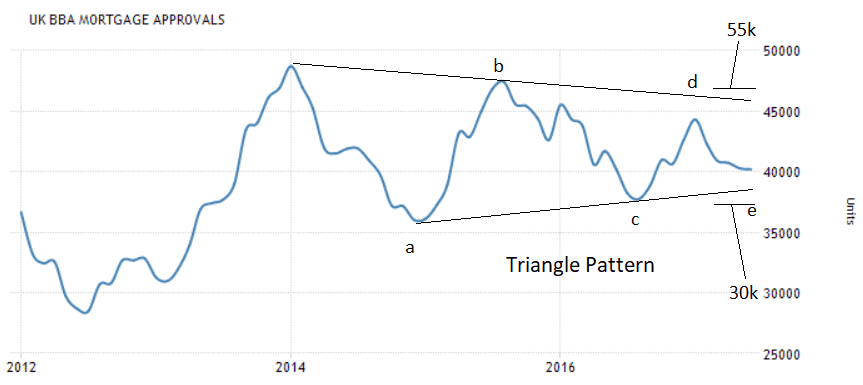GBP/INR Downtrend Extends Despite Lack of Fundamental Rationale

The Pound continues to weaken versus the Indian Rupee, which is building on its gains in early 2017.
During the rest of this trading week we see the risks still skewed to an extension of this well-established down-trend in GBP/INR.
The price chart shows how the pair rotated at the major trendline at the early August 85.00 highs and then started selling-off.
All through august the pair has been moving lower reaching a recent low of 82.17.
The pair is forecast to continue falling, but would require confirmation from a break below 82.10.
Such a move would then be expected to fall as far as 81.30 where support from old lows is likely to present an obstacle to further selling, at least temporarily.
The Rupee’s outperformance, however, is not built on stable foundations and is more a function of Sterling weakness due to Brexit uncertainty that Rupee strength.
One previously positive factor for the Rupee which no longer exists is the high inflow of capital from investors buying Indian shares and bonds, however, in a recent note JP Morgan’s John Cavanagh, noted how net flows are now negative.
“Net equity flows for August are on track for their first negative month of the year. Moreover, foreign investor limits in government bonds and in corporate bonds have been virtually fully utilized,” said Cavanagh.
In relation to USD/INR the analyst says FX valuations are “around fair” and “this leaves us remaining on the side-lines from a USD/INR perspective.”
He goes on to say that bearish INR risk scenarios are
(1) Global equity sentiment falters, and;
(2) Weak loan growth hurts domestic economic growth.
He says bullish INR risk scenarios include:
(1) Oil price weakening and
(2) Investment limits are raised.
Outlook for the Pound
With Brexit negotiations becoming increasingly contorted and the ‘pendulum’ still swinging in a wide arc between hard and soft Brexit outcomes, Pound remains in an extremely uncertain and vulnerable position.
This creates its own risks, in that a weak pound raises the price of foreign imports, which increases inflation and harms growth since it makes everyone relatively ‘poorer’.
In the week ahead the most significant event for the Pound is likely to be the meeting of central bankers at the Jackson Hole symposium, which starts on Thursday August 24, where it is possible governor Carney could provide insight into the Bank of England’s (BOE) policy trajectory, or at least his own view.
If he discusses the possibility of an interest rate hike then that could see GBP/INR reverse and start to recover again, or at least halt the relentless slide.
From a hard data perspective, my pick of the week, is probably Mortgage Approvals because of the compelling triangle pattern which has formed on the data and suggests the possibility of a period of high volatility for the mortgage market in the not too distant future.
According to research, triangles have a minimum of five component waves, and this pattern has formed fives waves already, labelled a-e, and as such could be complete.
The next move would be expected to be a breakout either higher or lower.
As we noted last month when making the same analysis of mortgage approvals, a reading of above 47,500 would probably indicate an upside breakout to a target of 55k had begun, whilst a reading below 37k would probably lead to a breakdown to a target at 30k.

